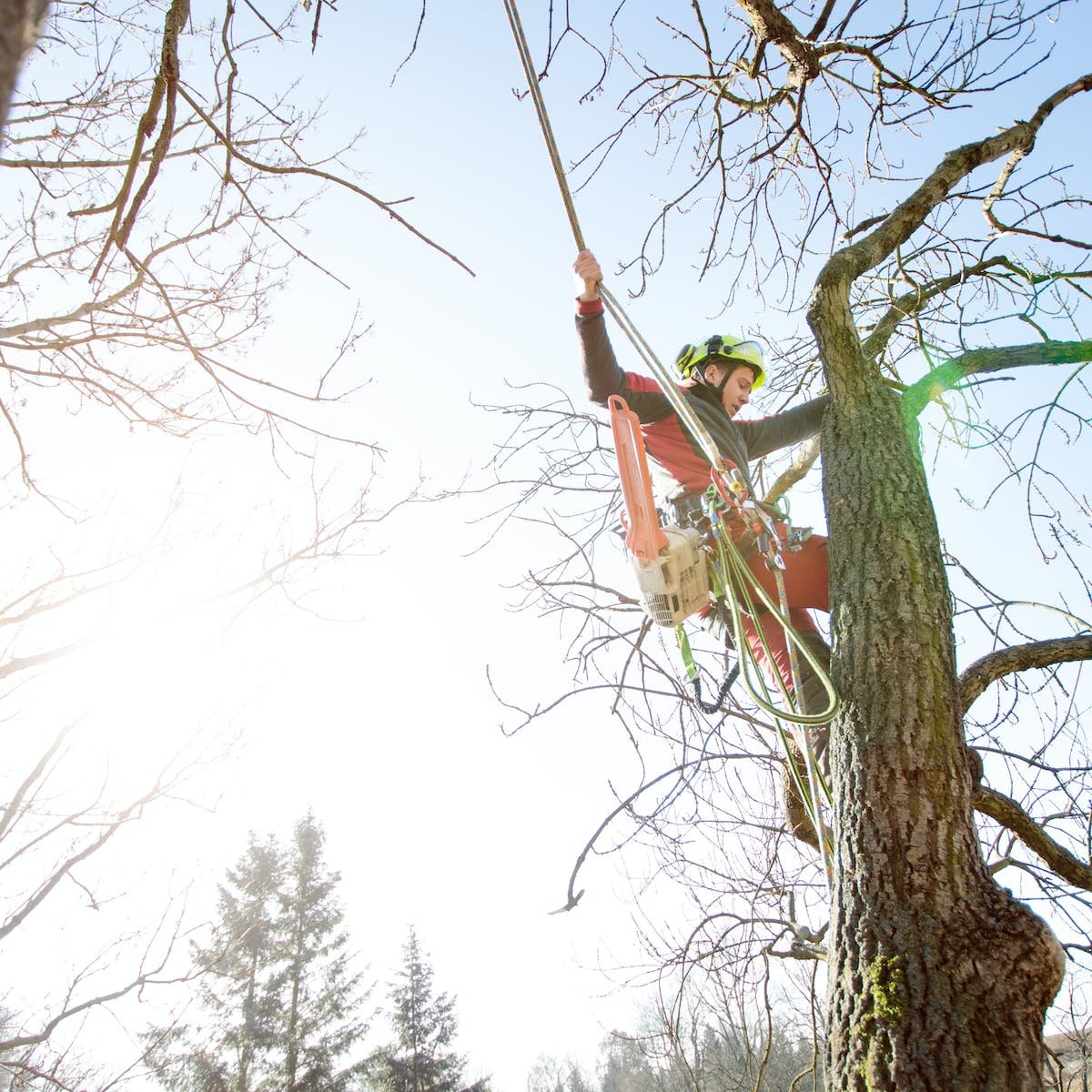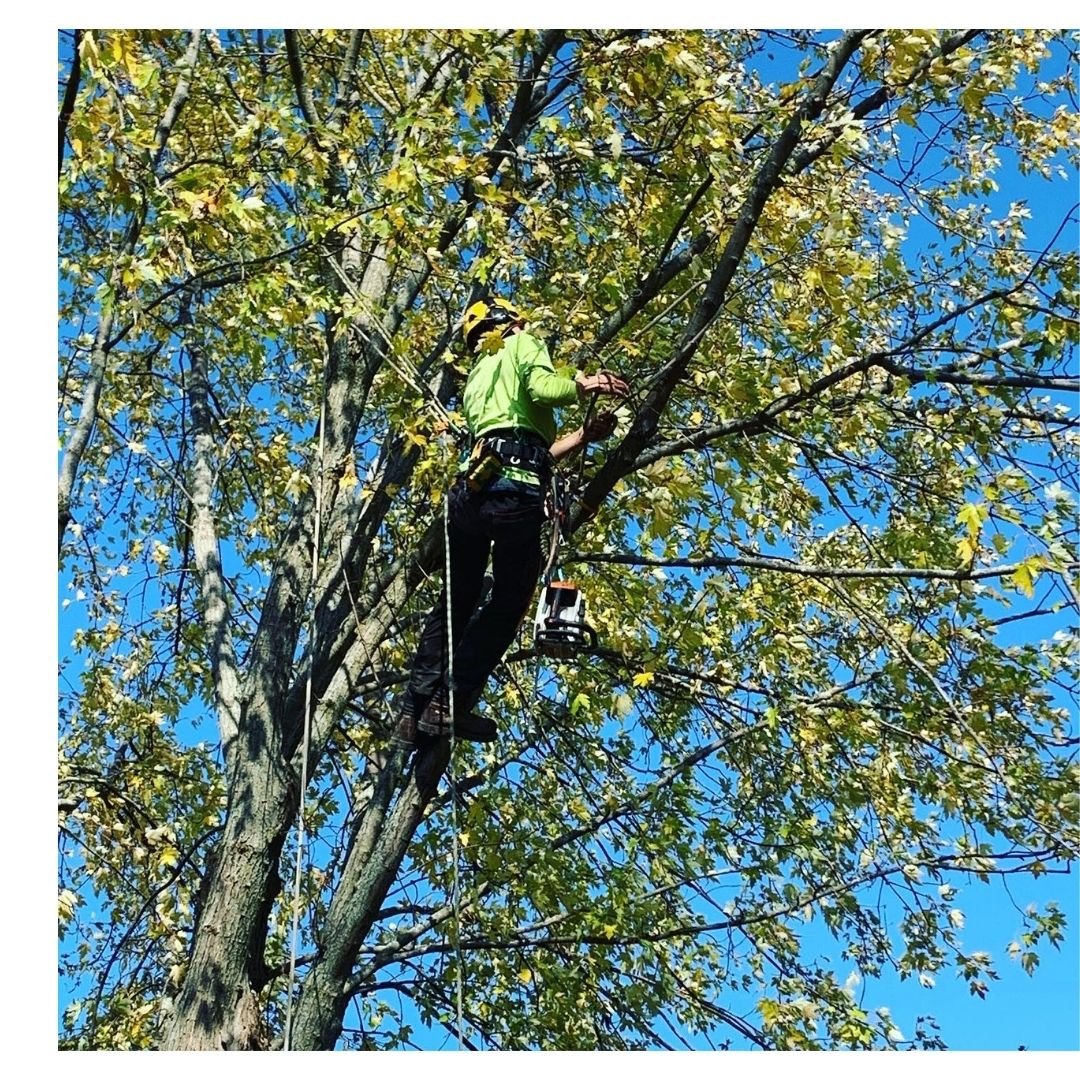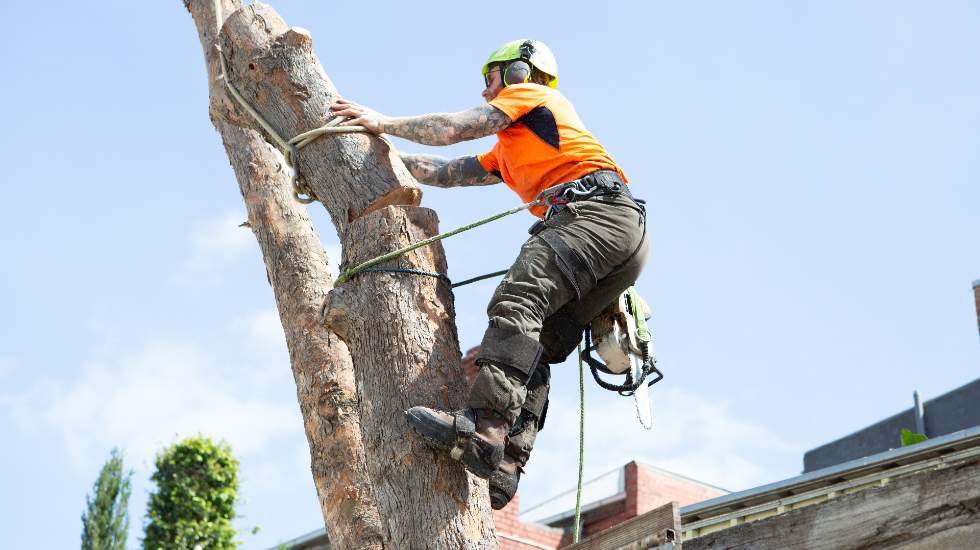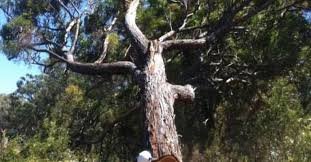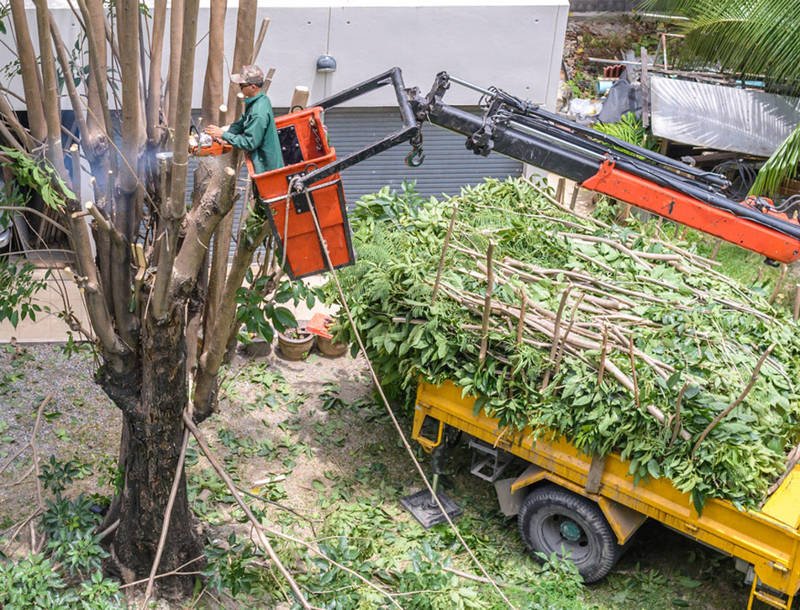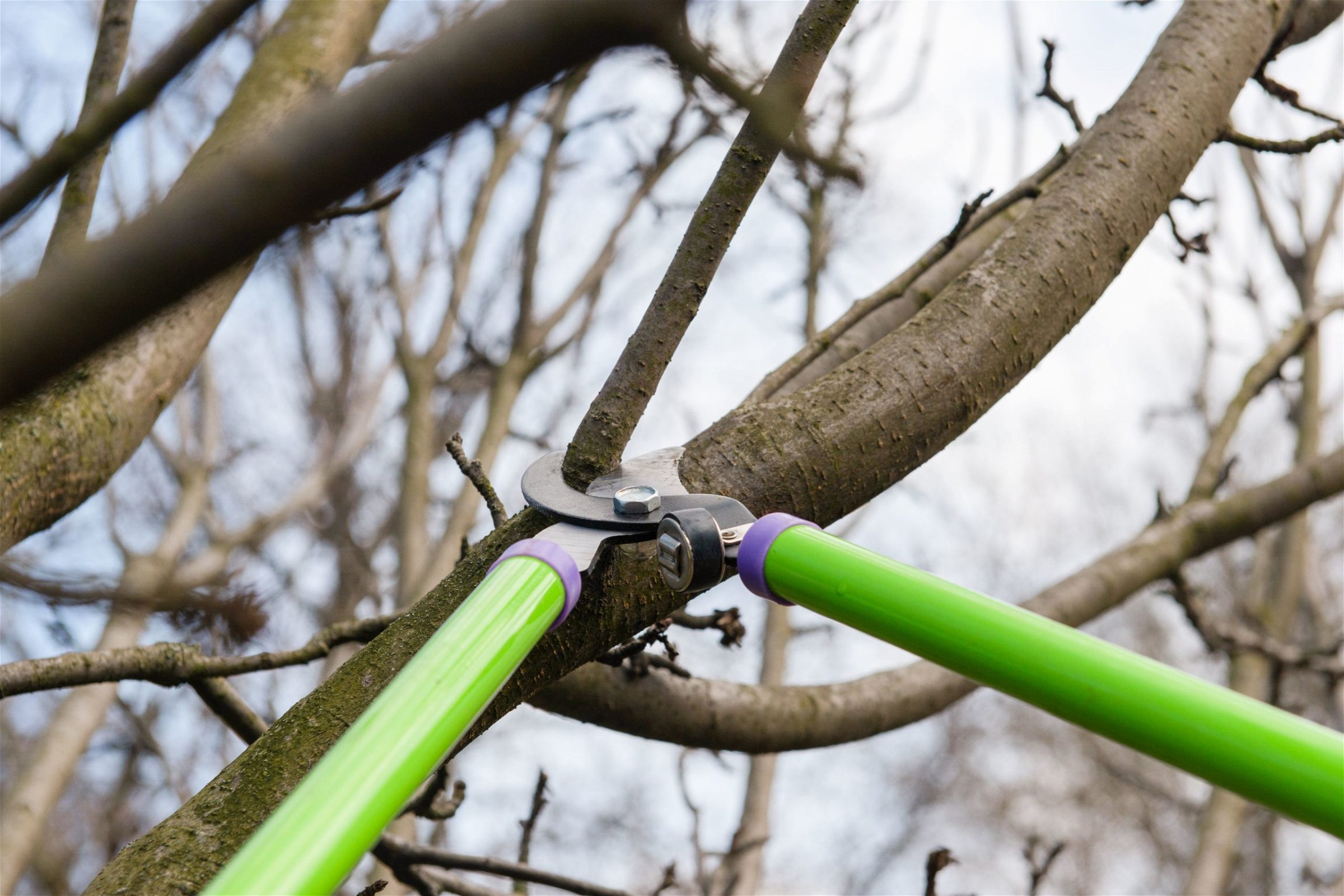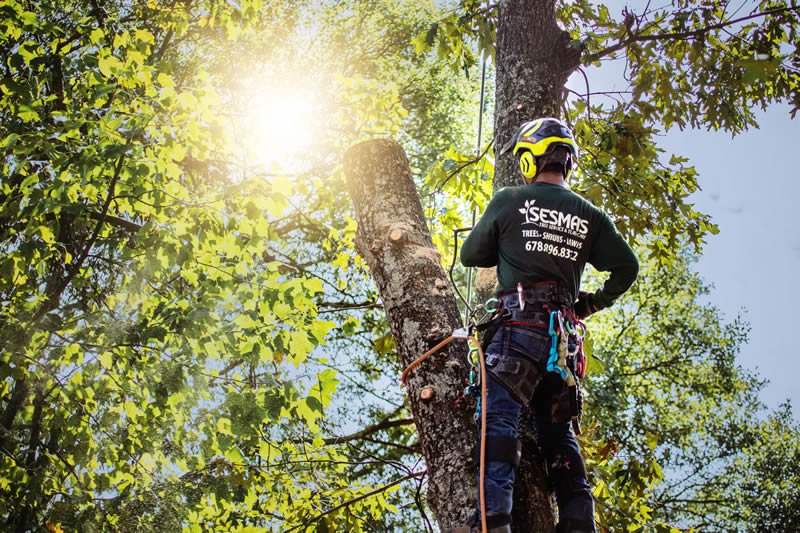Green Guardians: How Arborists Preserve Urban Forests
Urban forests are the lungs of a city, providing essential services such as air purification, temperature regulation, and habitat for diverse wildlife. In the bustling cityscape of Brisbane Southside, Queensland, arborists emerge as unsung heroes, working tirelessly to preserve and enhance the urban greenery that defines the region. This article delves into the vital role played by arborists as Green Guardians, exploring their efforts to sustain and protect the urban forests that contribute to the well-being of both the environment and the community.
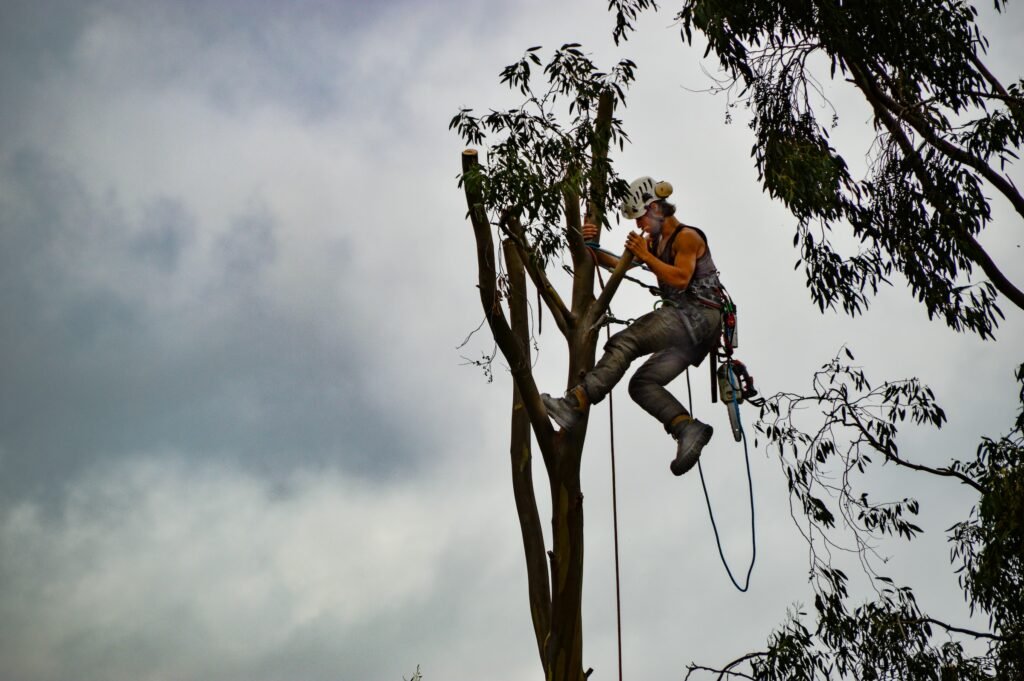
The Importance of Urban Forests
Before we unravel the work of arborists, it’s crucial to understand the significance of urban forests. These green spaces are not just aesthetic additions to a city; they play a multifaceted role in maintaining ecological balance and supporting the health and happiness of urban residents.
- Air Quality Improvement: Urban forests act as natural air filters, absorbing pollutants and releasing oxygen. Arborists contribute to this process by ensuring the health of trees, allowing them to efficiently perform their air-purifying functions.
- Temperature Regulation: Trees provide shade and help cool the urban environment, reducing the heat island effect common in cities. Arborists play a key role in strategically planting and maintaining trees to optimize their cooling impact.
- Biodiversity Support: Urban forests provide habitats for various flora and fauna. Arborists work to create and maintain a balanced ecosystem, ensuring that trees and other plant life thrive, supporting a diverse range of wildlife.
– Stormwater Management: Trees absorb and slow down rainwater, preventing soil erosion and reducing the risk of flooding. Arborists implement strategies to enhance a tree’s ability to manage stormwater effectively.
The Arborist’s Toolbox
Arborists are equipped with a diverse set of skills and tools to carry out their mission as Green Guardians effectively. Here are some key aspects of their work:
Tree Health Assessments: Arborists are trained to assess the health of trees, identifying signs of diseases, pests, or other stressors. Regular health assessments allow for early intervention, preventing the spread of issues that could compromise the entire urban forest.
- Pruning and Trimming: Proper pruning and trimming are essential for maintaining the structural integrity and health of trees. Arborists employ their expertise to carry out these activities, promoting optimal growth and minimizing the risk of branches becoming hazards.
- Planting and Species Selection: Arborists carefully select and plant trees based on the specific needs and conditions of the urban environment. Their choices take into account factors such as soil quality, sunlight exposure, and available space, ensuring the long-term viability of the urban forest.
- Emergency Response: In the face of natural disasters or unforeseen accidents, arborists are on the front lines, providing emergency response to fallen trees or damaged branches. Their swift actions help mitigate potential dangers and ensure the safety of the community.
Community Engagement
Arborists in Brisbane Southside recognize the importance of community engagement in their efforts to preserve urban forests. They often collaborate with local residents, schools, and community groups to raise awareness about the value of trees and involve the community in tree planting initiatives.
- Educational Programs: Arborists organize educational programs to impart knowledge about tree care, the benefits of urban forests, and the role each individual can play in preserving green spaces.
- Tree Adoption Programs: Some arborists initiate tree adoption programs, encouraging community members to take an active role in caring for specific trees. This fosters a sense of ownership and responsibility for the urban forest.
- Community Workshops: Workshops on tree pruning, planting, and maintenance are conducted to empower residents with the skills and knowledge needed to contribute to the health of the urban forest.
In the concrete jungle of urban life, arborists in Brisbane Southside stand as Green Guardians, dedicated to the preservation and enhancement of the city’s urban forests. Their expertise, combined with community engagement initiatives, ensures that these vital green spaces continue to thrive, providing a myriad of benefits to both the environment and the people who call the city home. As we celebrate the work of arborists, it’s essential for residents to recognize their role in supporting and sustaining the urban forests that contribute to a healthier, happier, and more
